The cybersecurity lab by RobotLAB at Northeast Guilford High School
Hello everyone, my name is Elad Inbar, CEO of RobotLAB. Today I'd like to invite you to the cybersecurity Lab that we built for Guilford County school in North Carolina
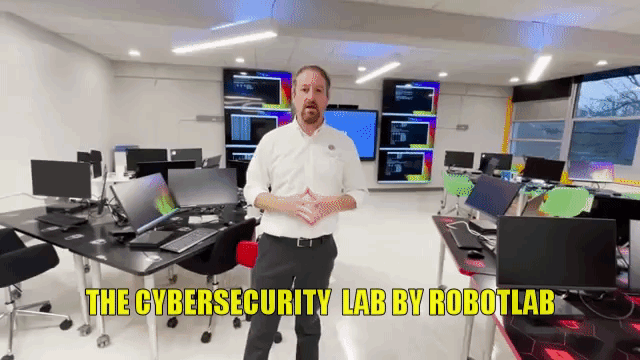
- 0 Comments
- Feb 23, 2021 4:00:00 PM
- Posted by Natalia Galvis
- Topics: Math, Math Book, EdTech, STEM, Curriculum, teachers, students, Technology, Makerspace, VR, Realidad Virtual, AR, Edchat, Gendergap, Digital Technology, Augmented Reality, teaching, online, Virtual Reality, virtual learning, lessons
How Young Kids Learn with Robots.
By Xavier James
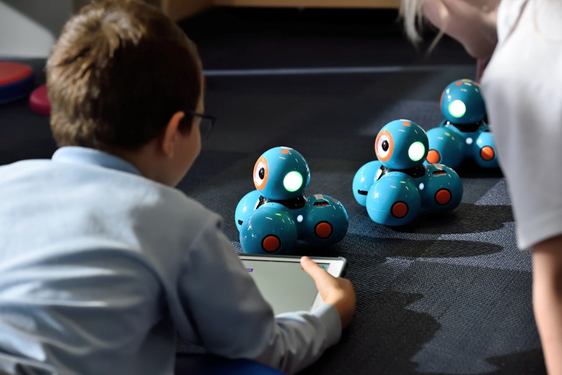 Image source: https://unsplash.com/photos/rSdkzkfvqlY
Image source: https://unsplash.com/photos/rSdkzkfvqlY
Even though the technology is becoming increasingly important in the four walls of the classroom, students often tend to shy away from learning the basics. The apparent complexity of structures and the subject itself seems to overwhelm their learning instincts.
However, as responsible leads of today, it is our responsibility to convey the advanced technological knowledge to younger ones. But, of course, that wouldn't be possible until we realize the true impact of this knowledge upon kids.
For this very reason, this post aims to help you get acquainted with how exactly and what exactly young kids learn with robots. Let's get straight into it.
- 0 Comments
- Feb 23, 2021 10:00:00 AM
- Posted by Natalia Galvis
- Topics: Math, Math Book, EdTech, STEM, Curriculum, teachers, students, Technology, Makerspace, VR, Realidad Virtual, AR, Edchat, Gendergap, Digital Technology, Augmented Reality, teaching, online, Virtual Reality, virtual learning, lessons
The AI LAB by RobotLAB at Northeast Guilford High School
Hello everyone, my name is Elad Inbar, CEO of RobotLAB. Today I'd like to invite you to the AI lab that we built for Guilford County school in North Carolina
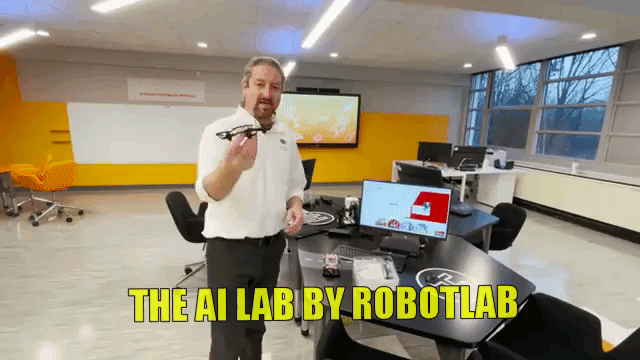
- 0 Comments
- Feb 22, 2021 4:00:00 PM
- Posted by Natalia Galvis
- Topics: Math, Math Book, EdTech, STEM, Curriculum, teachers, students, Technology, Makerspace, VR, Realidad Virtual, AR, Edchat, Gendergap, Digital Technology, Augmented Reality, teaching, online, Virtual Reality, virtual learning, lessons
3 Tips for Creating Math Word Problems That Boost Critical Thinking
By Braxton Hall
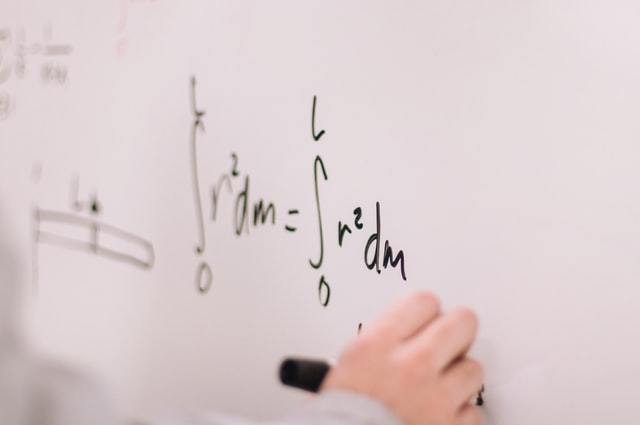 Photo by Jeswin Thomas on Unsplash
Photo by Jeswin Thomas on Unsplash
Well-designed word problems give elementary students a tangible context for understanding math concepts.
- 0 Comments
- Feb 22, 2021 10:00:00 AM
- Posted by Natalia Galvis
- Topics: Math, Math Book, EdTech, STEM, Curriculum, teachers, students, Technology, Makerspace, VR, Realidad Virtual, AR, Edchat, Gendergap, Digital Technology, Augmented Reality, teaching, online, Virtual Reality, virtual learning, lessons
5 Ways to Give Students a Makerspace Experience at Home
By Megan Jacobs
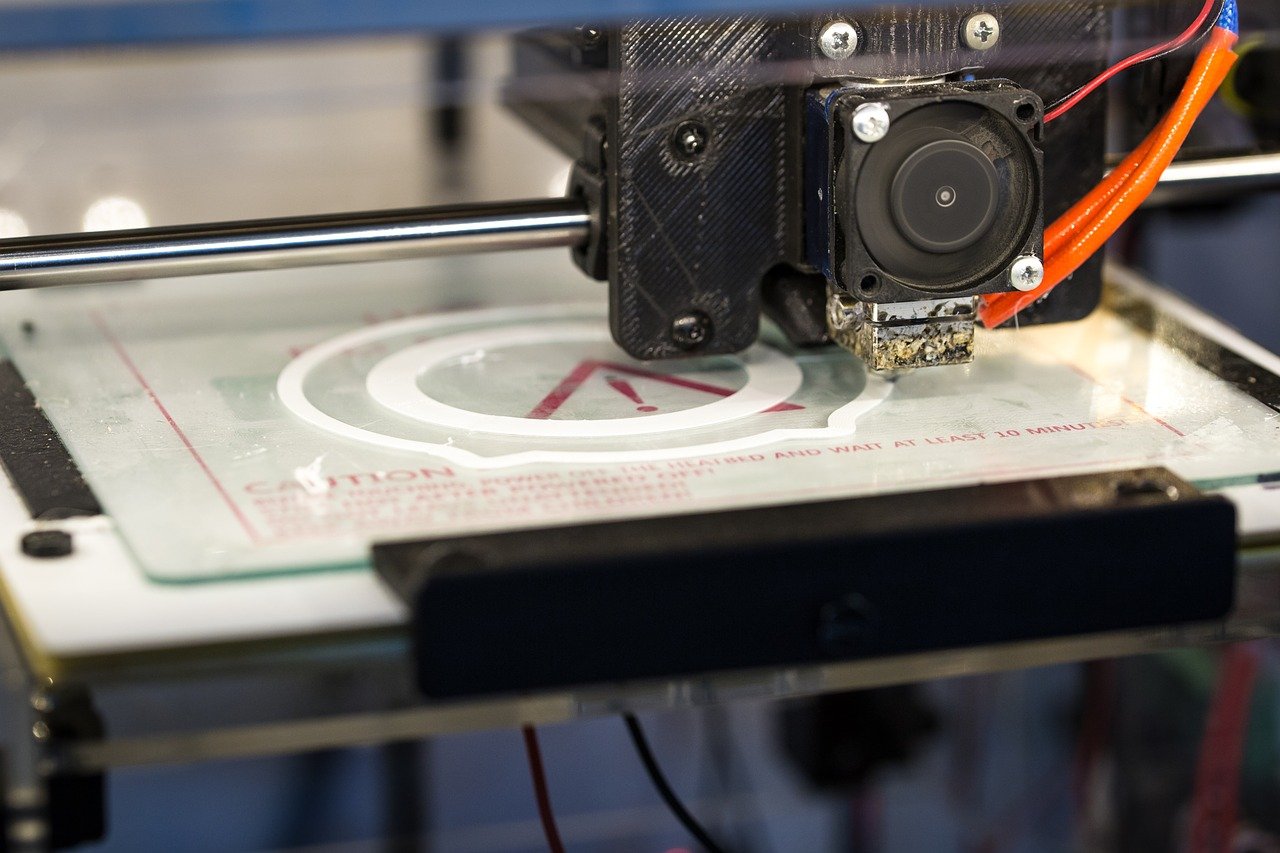 Image by Lutz Peter from Pixabay
Image by Lutz Peter from Pixabay
Hands-on projects that use inexpensive materials and focus on multiple iterations help make learning fun.
- 0 Comments
- Feb 19, 2021 10:00:00 AM
- Posted by Natalia Galvis
- Topics: Math, Math Book, EdTech, STEM, Curriculum, teachers, students, Technology, Makerspace, VR, Realidad Virtual, AR, Edchat, Gendergap, Digital Technology, Augmented Reality, teaching, online, Virtual Reality, virtual learning, lessons
Curious About Classroom Makerspaces? Here’s How to Get Started.
Makerspace is a rapidly growing trend in schools across the country, but to be honest, I’ve never implemented one myself, and I can’t quite picture the logistics of orchestrating a Makerspace. How do kids know what to do? How can you find out what they’re learning? How do you make time for that with all the other tasks crammed into the school day? And how do you keep the Makerspace from turning into a chaotic mess?
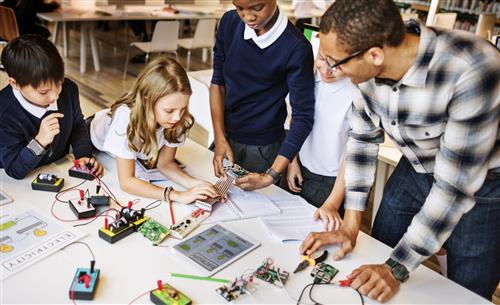
- 0 Comments
- Feb 13, 2020 10:08:52 AM
- Posted by Natalia Galvis
- Topics: Robotics, EdTech, STEM, 21st Century Classroom, Robots,, Elementary, Makerspace, STEMchat, Edchat
Why Your Students Need a Makerspace
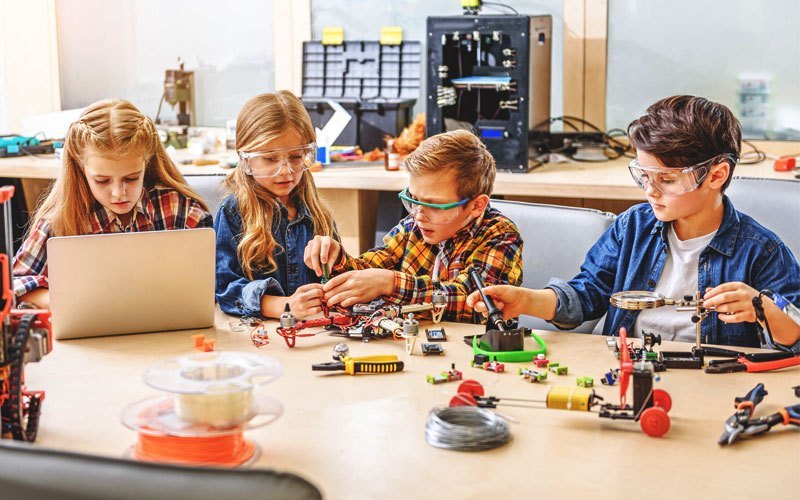
Makerspaces have become a hot topic in education. While not a new concept, makerspaces are gaining traction for the many benefits they provide students as these spaces are integrated into classrooms and schools.
Makerspaces are designed to challenge students to create and learn through hands-on, personalized experiences throughout elementary, middle and high school. Here are a few of the many benefits of makerspaces.
- 0 Comments
- Jan 31, 2020 10:05:00 AM
- Posted by Natalia Galvis
- Topics: EdTech, STEM, Learning, Makerspace, Edchat, k12
How to Develop a Successful Makerspace
In the United States, a trend has been established to encourage STEM learning (science, technology, engineering, and mathematics) through Makerspaces and other critical thinking programs. Makerspaces are providing the needed for space for human collaboration and teamwork which can include the use of anything from 3D printers to Robotics equipment to hand tools to Legos.

- 0 Comments
- Nov 5, 2019 10:00:00 AM
- Posted by Natalia Galvis
- Topics: EdTech, STEM, Makerspace, STEMchat, Edchat
How Makerspaces in Schools Help Students Learn to Code
Makerspaces in schools are giving educators new options to teach students core coding concepts. Learn why makerspaces could be right for your classroom.
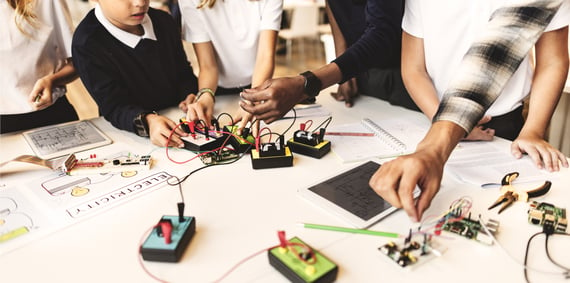
- 0 Comments
- Sep 10, 2019 10:00:00 AM
- Posted by Natalia Galvis
- Topics: EdTech, STEM, Technology, Makerspace, Edchat
Create a Makerspace for Your School in 5 Easy Steps
If you’re ready to foster your students’ curiosity by creating a makerspace on a budget, we’ve got you covered!
Learning should remain authentically connected to the real world, and the Maker Movement exemplifies that while encouraging creativity, collaboration, and critical thinking. Progressive New York City educator Angelo Patri said, “The substitution of direct experiences for indirect ones leads nowhere.”
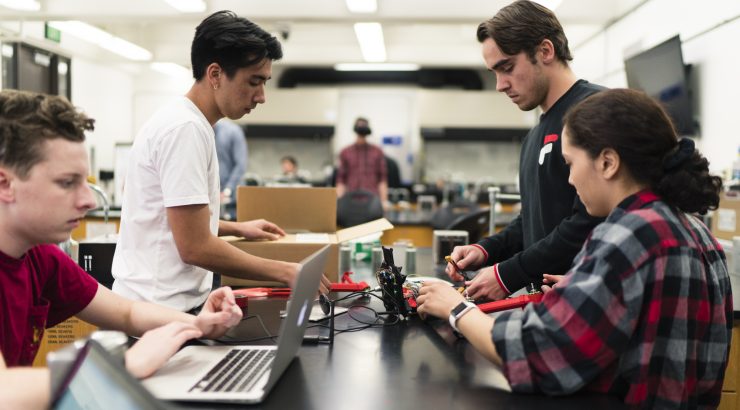
- 0 Comments
- Aug 19, 2019 10:00:00 AM
- Posted by Natalia Galvis
- Topics: EdTech, STEM, 21st Century Classroom, Makerspace, STEMchat, Edchat
Relevant Posts
Popular Posts
Subscribe to Email Updates
-
I Want To Learn MoreADDITIONAL INFORMATION


